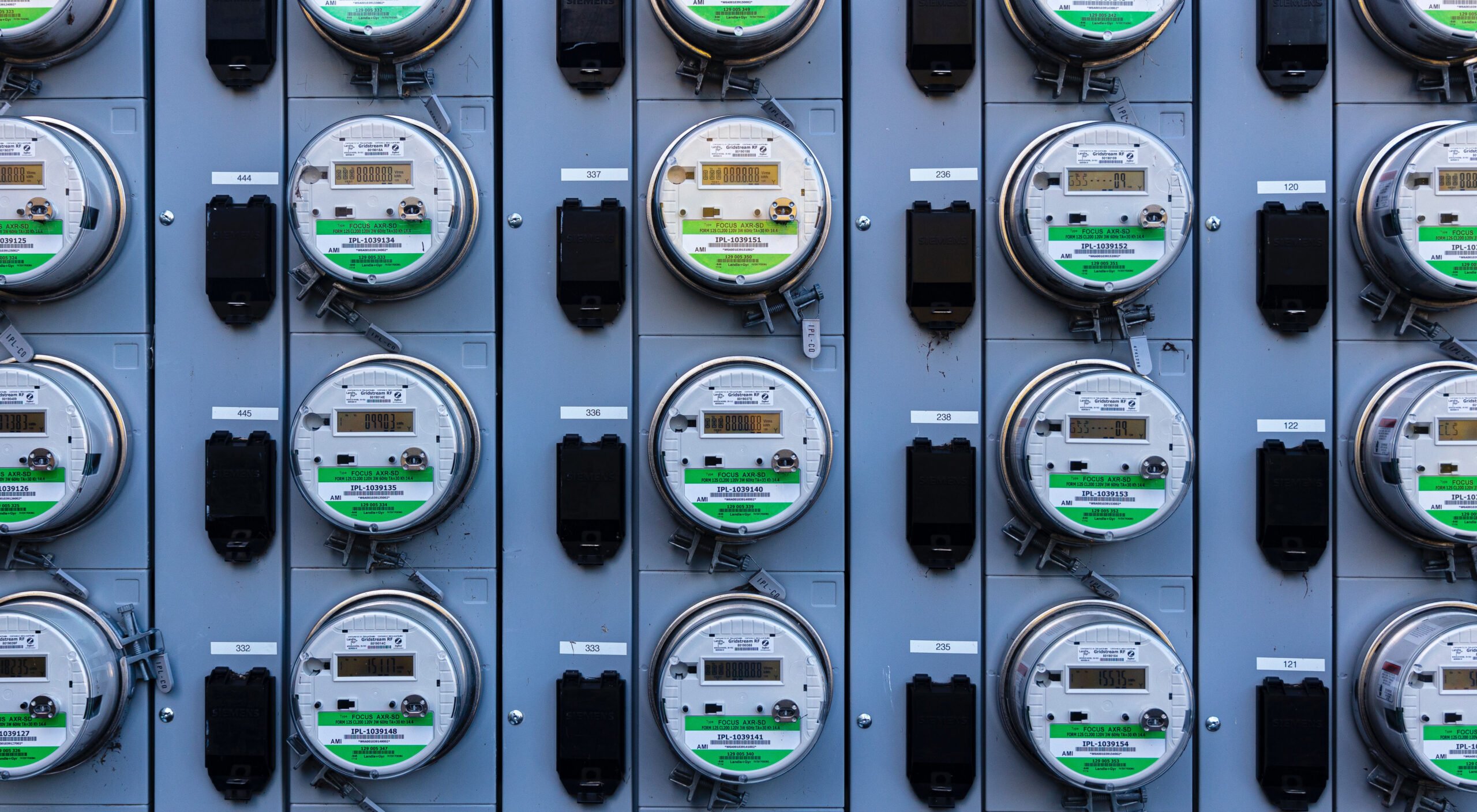Applications Now Open: Low-Income Communities Bonus Tax Credits Program

On Oct. 19, 2023, applications opened for the Low-Income Communities Bonus Credit Program under Internal Revenue Code (Code) Section 48(e), increasing the amount of energy investment tax credits for clean-energy investments in certain low-income communities, on Indian land, as part of affordable housing developments, and benefitting low-income households.
For each of the calendar year 2023 and 2024 programs, the total annual environmental justice solar and wind capacity limitation, or “Capacity Limitation,” that is available for allocation through the application process is limited to 1.8 gigawatts of direct current capacity. The annual Capacity Limitation is divided across four facility categories and depending on the category, the Low-Income Communities Bonus Credit Program provides an increase of either 10 percentage points or 20 percentage points to the Code Section 48 investment tax credit.
- Category 1: Located in a Low-Income Community (10 percentage point increase; 700 megawatts Capacity Limitation).
A low-income community is generally defined – with certain modifications – as (i) any population census tract if the poverty rate for such tract is at least 20%; or, (ii) in the case of a tract not located within a metropolitan area, the median family income for such tract does not exceed 80% of statewide median family income; or (iii) in the case of a tract located within a metropolitan area, the median family income for such tract does not exceed 80% of the greater of statewide median family income or the metropolitan area median family income.
- Category 2: Located on Indian Land (10 percentage point increase; 200 megawatts Capacity Limitation).
Indian land is defined under the Energy Policy Act of 1992.
- Category 3: Qualified-Low Income Residential Building Project (20 percentage point increase; 200 megawatts Capacity Limitation).
A facility will be treated as part of a qualified low-income residential building project if: (i) such facility is installed on a residential rental building that participates in a covered housing program as defined in the Violence Against Women Act of 1994 (VAWA), a housing assistance program administered by the Department of Agriculture (USDA) under title V of the Housing Act of 1949, a housing program administered by a Tribally designated housing entity (s defined under the Native American Housing Assistance and Self-Determination Act of 1996, or such other affordable housing programs as the Secretary may provide, and (ii) the financial benefits of the electricity produced by such facility are allocated equitably among the occupants of the dwelling units of such building.
- Category 4: Qualified Low-Income Economic Benefit Project (20 percentage point increase; 700 megawatts annual capacity limitation).
A facility will be treated as part of a qualified low-income economic benefit project if at least 50% of the financial benefits of the electricity produced by such facility are provided to households with income of less than 200% of the poverty line applicable to a family of the size involved, or less than 80% of area median gross income.
The Department of Energy (DOE) will review applications and provide a recommendation to the IRS regarding whether to award an applicant an amount of Capacity Limitation with respect to a facility. Based on DOE’s recommendation, the IRS will award the applicant a Capacity Limitation allocation or reject the application.
Beginning on Oct. 19, 2023 – and the start of each program year – there will be a 30-day period during which time applications will initially be accepted for each category. All applications submitted within the 30-day period – for 2023, by Nov. 18, 2023 – will be treated as submitted on the same date and at the same time.
Following the 30-day period, DOE will generally accept applications on a rolling basis and will review applications and provide recommendations to the IRS in the order applications are received until the IRS allocates all Capacity Limitation in a program year. The IRS will award the applicants in the order that it receives recommendations from DOE.
The DOE’s Office of Economic Impact and Diversity is administering the Low-Income Communities Bonus Credit Program in partnership with the U.S. Department of the Treasury and the IRS. Program resources and guidance are available here.
In This Article
You May Also Like
President Trump Signs Executive Order to Limit State AI Regulation DOS Expands Mandatory Social Media and Online Presence Review for H-1B, H-4, F, M, and J Visa Applicants Effective Dec. 15 (Expect Visa Appointment Cancellations/Rescheduling)